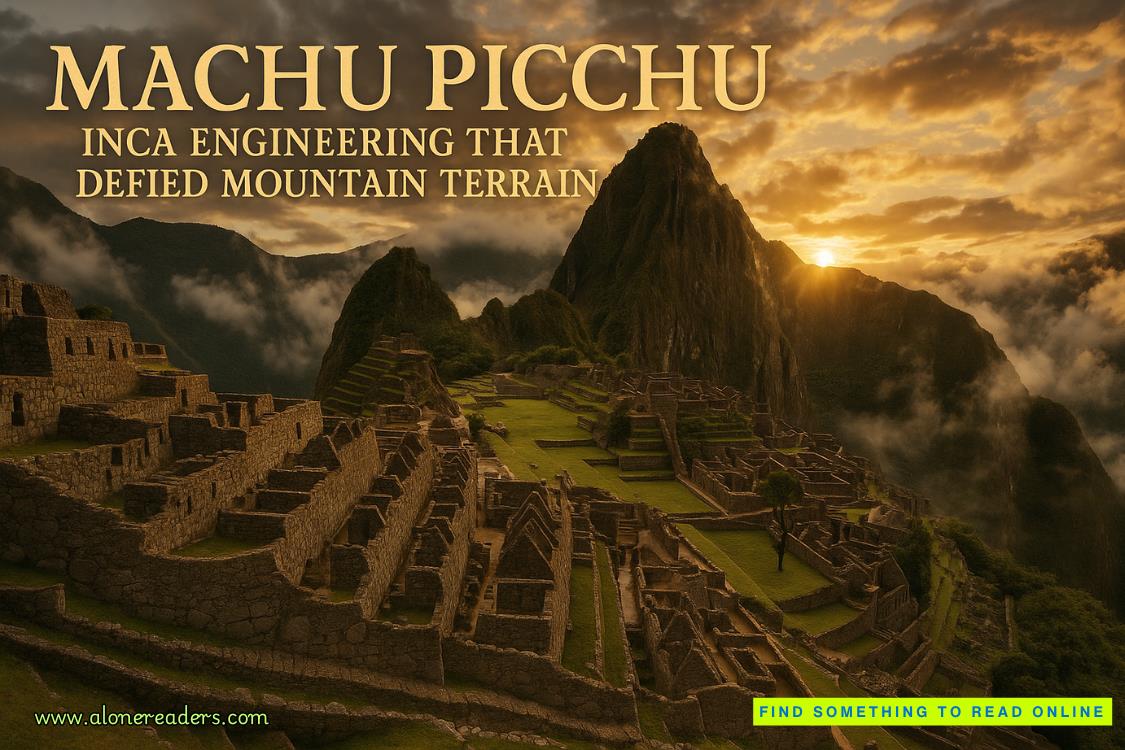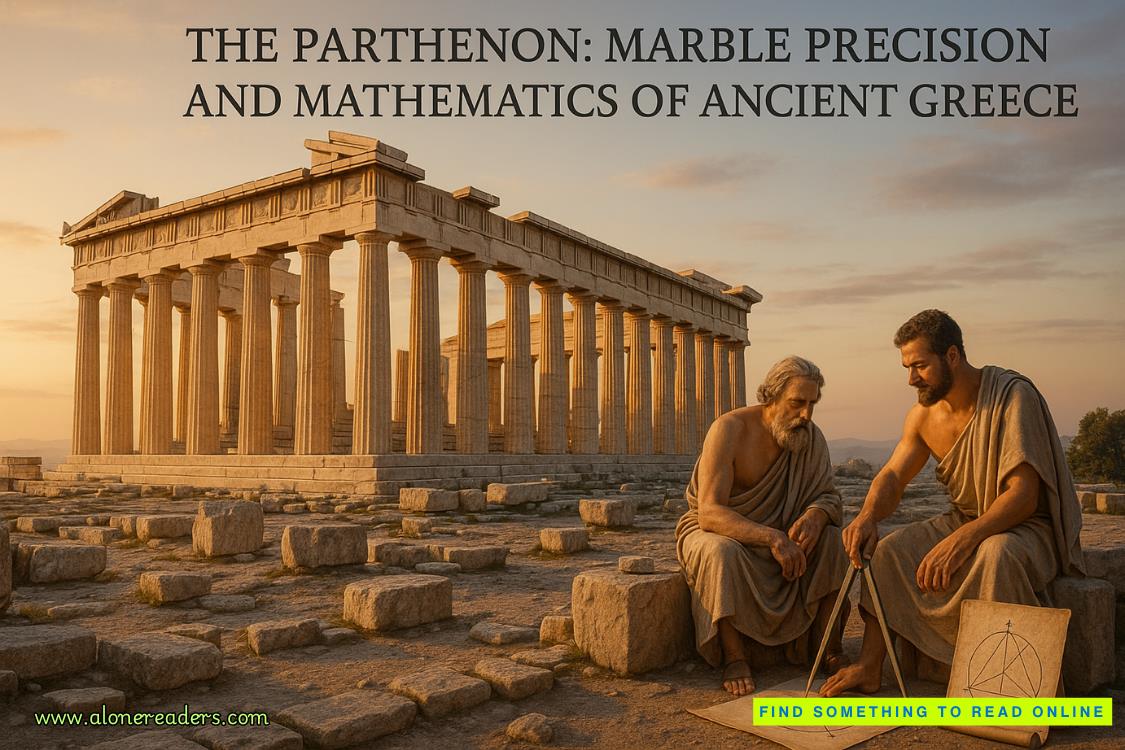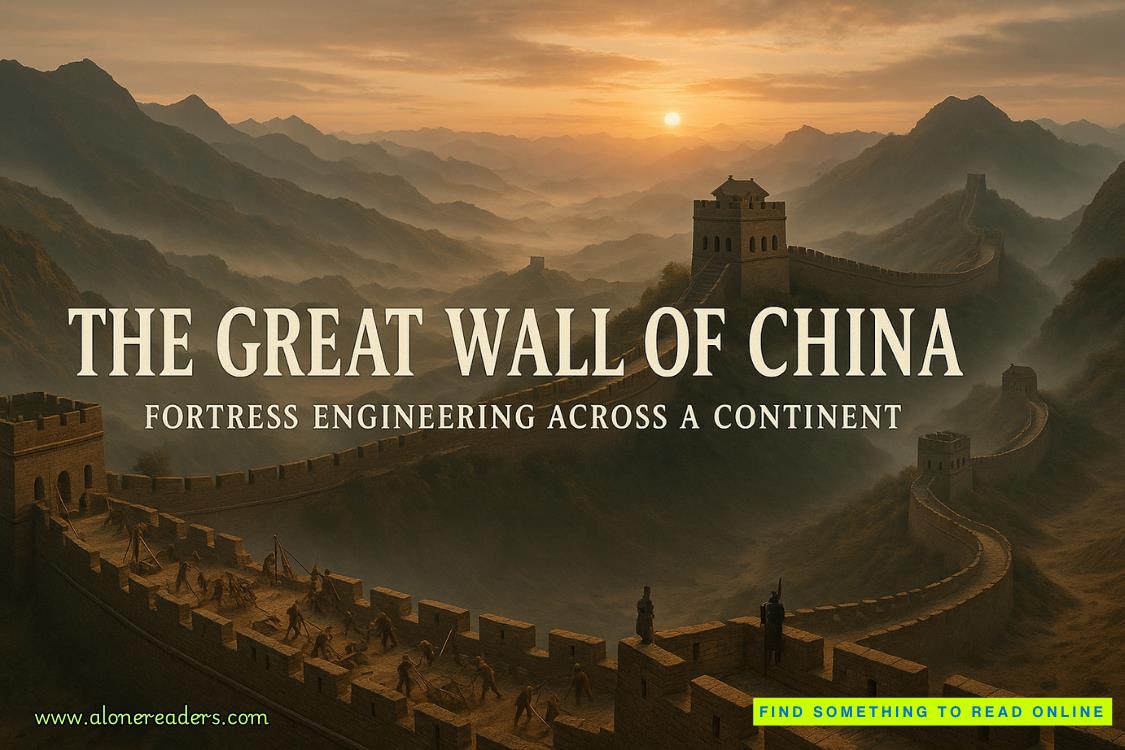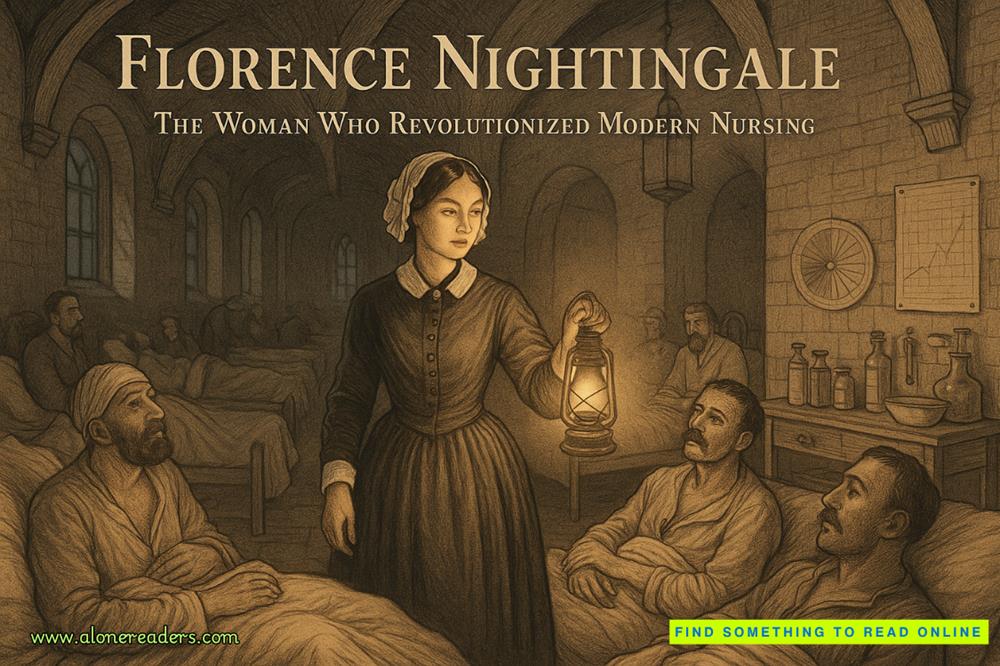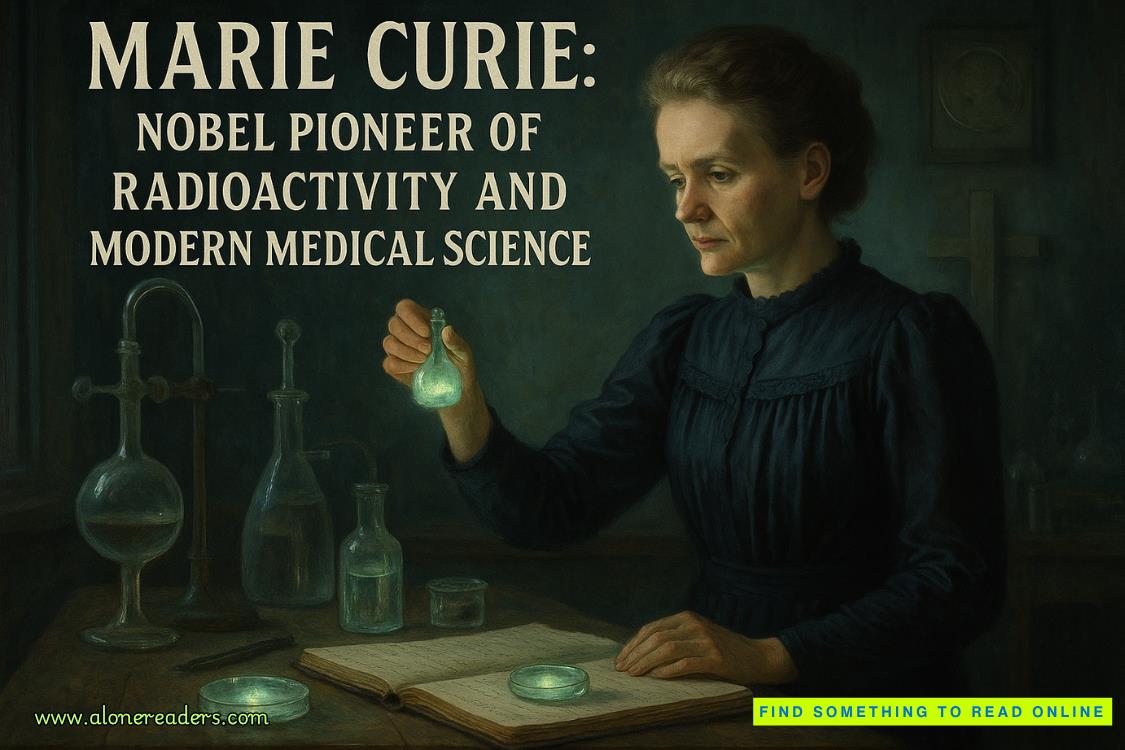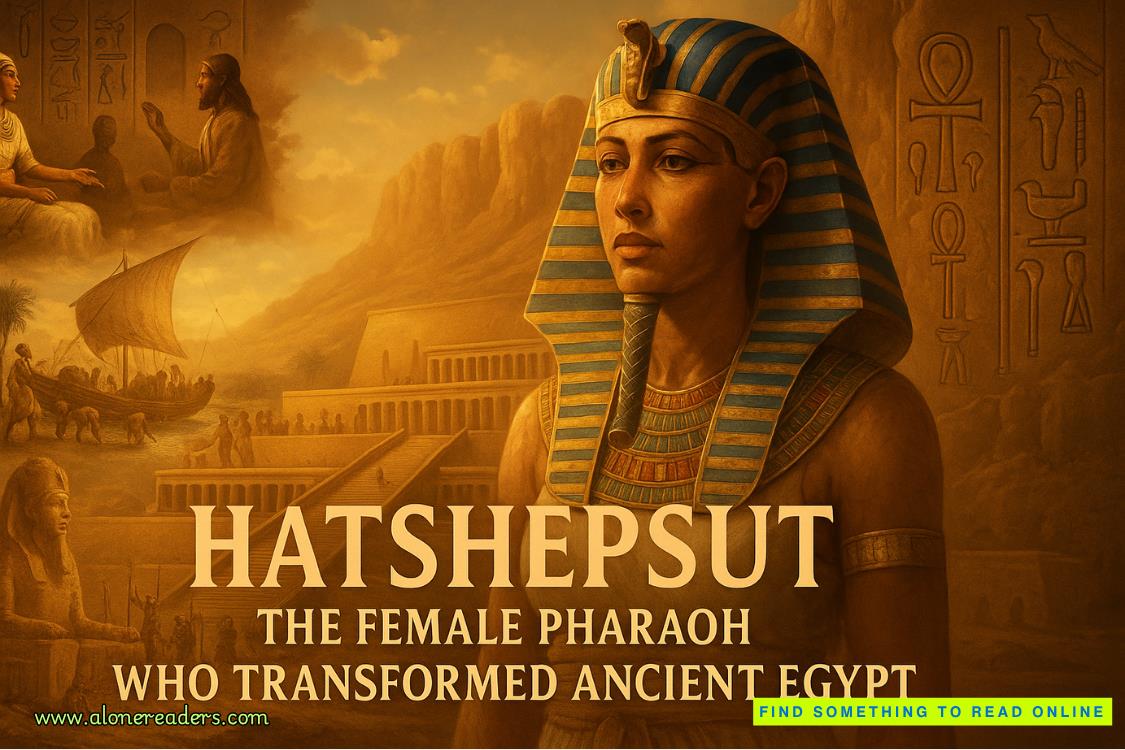Page 2 of Close
An abrupt gust of wind nearly knocked him off balance.It carried with it a peculiar odor—not the expected desert scents of sage and dust, but something mineral and sharp, like wet clay mixed with copper.Mark frowned.Perhaps there was a storm system moving in that the forecast had missed.
He checked his GPS.Only half a mile to go.He could make it before the clouds became a problem, if they even did.The trail ahead separated into two paths—one continuing upward toward his destination, the other winding down into what appeared to be a narrow slot canyon.
As Mark prepared to continue upward, something caught his eye—a flash of red among the rocks below.He squinted, trying to make it out in the moonlight.It appeared to be markings on the canyon wall—pictographs, perhaps, their red ochre pigment still vibrant against the pale sandstone despite what must have been centuries of exposure.
His research instincts kicked in.Undocumented rock art in this area could be significant.A quick detour to photograph it might yield material for a secondary paper—something to strengthen his academic portfolio beyond the exhibition.
Mark checked his watch again.He had time, if he was quick.He adjusted his path, heading down into the slot canyon, camera ready.
The descent was trickier than he’d anticipated.Loose shale slid beneath his boots, and the canyon walls pressed in, blocking much of the moonlight.Mark switched on his headlamp, the narrow beam illuminating a path barely wide enough for his shoulders.
The pictographs were even more impressive up close—a series of angular figures surrounding what appeared to be a central handprint.Not the typical hunting scenes he’d expected, but something more abstract and unsettling.The figures seemed to dance around the handprint, their elongated limbs reminiscent of mantis insects.
Mark photographed them methodically, taking notes on his phone about their location and orientations.As he worked, the wind continued to gust through the narrow canyon, creating an eerie whistling sound that made concentration difficult.
When he finally checked his watch again, he cursed.He’d spent nearly twenty minutes examining the pictographs.If he wanted to reach the main formation in time for the optimal moonlight, he’d need to hurry.
The climb back out of the slot canyon was arduous.Mark’s knee screamed in protest, and his breath came in ragged gasps.Sweat soaked through his shirt despite the cool night air.By the time he reached the main trail again, his water bottle was half empty and his time buffer had evaporated.
He pushed onward, ignoring the growing discomfort.The trail became increasingly unfamiliar—rockfalls had obscured portions of the path, forcing him to scramble over boulders that didn’t appear on his topographical map.Had there been a recent seismic event?Nothing significant enough to make the news, surely, but perhaps enough to alter the landscape in subtle ways.
The trail opened to a small plateau, and Mark’s breath caught in his throat.There it stood—the formation locals calledYé’iitsoh Bitsilí, or “Monster’s Hand.”Five towering columns of red sandstone stretched skyward from the desert floor like gnarled fingers, each one streaked with peculiar blue-black veins of manganese oxide that seemed to pulse in the moonlight.
The sight momentarily banished Mark’s fatigue and unease.It was even more spectacular than the satellite images had suggested.The formation’s geological significance was obvious to his trained eye—evidence of unusual mineral deposition patterns that contradicted standard models of the region’s formation.But its visual impact transcended scientific interest.
It was simply beautiful, in the severe, alien way that only natural wonders could be.
Mark quickly unpacked his equipment, setting up his carbon fiber tripod on the steadiest patch of ground he could find.The wind had picked up, carrying with it that strange metallic scent, stronger now.He attached his best Nikon, checking the settings carefully.First, he’d capture the entire formation with his wide-angle lens, then move to detailed shots of each “finger” as the moonlight shifted.
As he worked, Mark’s phone vibrated again.Another text from Ellie: “Dad, I need that form by tomorrow morning or I can’t go.”Guilt stabbed through him.He hadn’t missed the irony that his obsession with photographing geological formations was causing his daughter to miss experiencing them firsthand.
“I’ll call your teacher first thing,” he typed back.“I’ll make it work.”He hesitated, then added, “Love you, kiddo.”
No response.
Mark turned back to his camera, trying to refocus.The clouds were thickening now, threatening to obscure the moon entirely.He needed to work quickly.He snapped several test shots, adjusting his settings to compensate for the changing light conditions.
As he adjusted his aperture for the next series, something prickled at the back of his neck—a sensation of being watched.Mark glanced over his shoulder, seeing nothing but shadows.
Get a grip,he told himself.The guide’s superstitions are getting to you.
Still, he couldn’t shake the feeling.He took a few test shots, the camera’s shutter unnaturally loud in the stillness of the desert night.When he checked the preview screen, his blood chilled.There—at the edge of the frame—was what appeared to be a hunched silhouette among the rocks.
A silhouette that hadn’t been there moments before.
“Hello?”Mark called, his voice swallowed by the vastness around him.“Is someone there?”
No answer but the wind.He squinted into the darkness, trying to locate whatever had appeared in his photograph.Perhaps a trick of the light, a shadow cast by the moving clouds across the moon.But the shape had seemed too solid, too… substantial.
A scraping sound answered him—stone against stone—followed by a low, rhythmic murmuring.Mark squinted into the darkness beyond his equipment.A figure moved between two of the stone fingers, hunched low, head turned in his direction.
Mark’s first thought was that another hiker had found their way to the formation—perhaps a ranger patrolling for permit violations.But no ranger would move in that way, like a coyote stalking its prey.
“This is a public area,” Mark called with more confidence than he felt, his hand instinctively reaching for his phone.No signal, of course.He’d known that coming in.It was a wonder Ellie’s texts had made it through.
The figure spoke—a low, guttural sound Mark did not understand.He could not make out a single word.
“I don’t understand,” Mark said, backing away from his equipment.“I’m not causing any harm here.”

